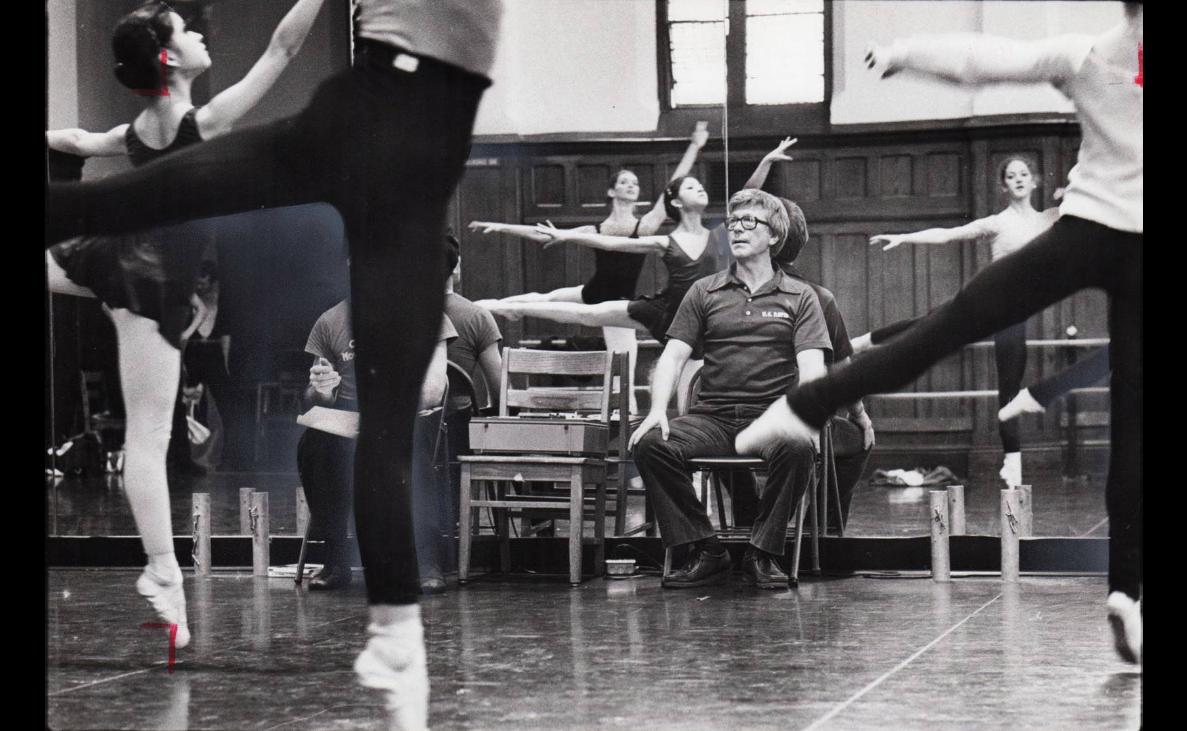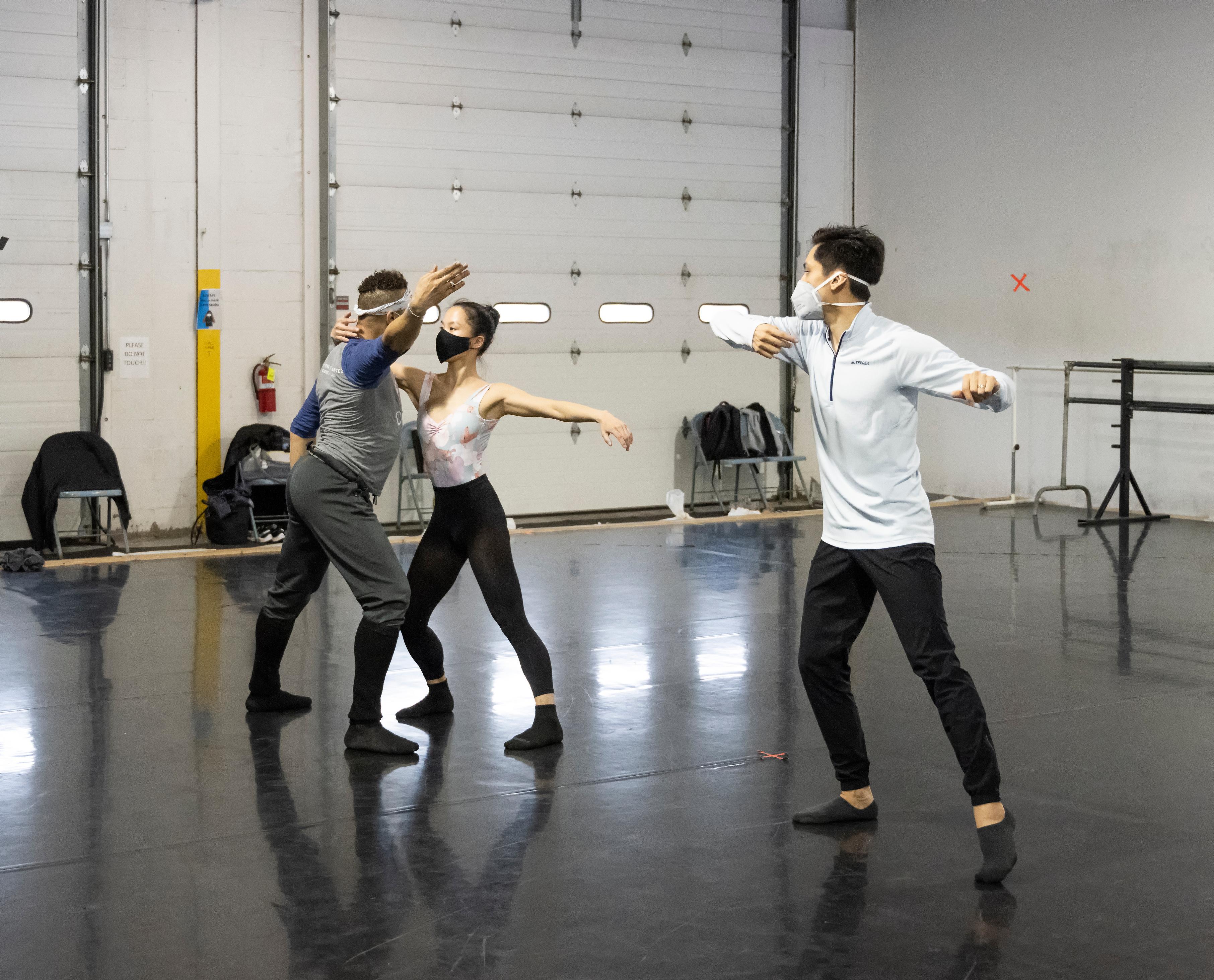
3 minute read
Creating Worlds
For over eleven years of award-winning works, Chicago-based choreographer Stephanie Martinez has moved her audiences along a journey guided by kinetic momentum. The company will debut a world premiere, World of Another, marked by a versatility that expands the boundaries of contemporary ballet movement. We sat down with her to talk about the world premiere of her newest ballet created via Zoom.
How did you come up with the concept for this piece conceptually? I, like everybody else had really been isolated due to COVID. I took pleasure in taking walks and just getting outside whenever I could. I wanted a broader stroke concept so I could work with the dancers. I knew I was going to be choreographing over Zoom, but I really wanted a moving dialogue on the things we feel, act upon, regret, and relish in. I wanted to take the viewer on a journey through each scene of these different emotions. Tell us about the experience of working over Zoom with the dancers? I have had a bit of experience doing it before. Though not ideal, it is what we need to do to keep making things. It has forced me to be really descriptive of what I want. I had to use a language that kept them motivated and moving all the time. So, it was part choreography, part directing, and a lot of figuring out architecturally where all of these bodies were going to be in space. This can be challenging when they look like little dots on a computer screen. Without the dancers’ sense of urgency to always be present and available, it wouldn’t have worked.
Advertisement
You asked the dancers to answer questions and record themselves prior to working with them. How did that influence your process? I felt it was really important for me because I was not going to be in the room to really get to know them a bit deeper. There were also a lot of new dancers that I had not worked with last year. Typically, we go in studio and talk a little bit and then we get to business. I inform them of the idea and what it is I need from them. This process was different because we had to develop a relationship virtually. I wanted insight into who they were or what made them tick. I was really asking them to take off a veneer and talk about themselves. I don't think I would have done it if I was in the room, but I felt it was crucial to the work. It was eyeopening and touching how honest and open they were to answer the questions and the prompts that I gave them.
When you're choreographing now does video enhance or challenge the way you normally choreograph? Personally, I have always choreographed pretty cinematically whether it be on stage or film. I try to take the viewer on a journey. When watching dance on screen, I want them to feel they are a part of something. I set clear parameters when choreographing that inform the type of architecture or decision making for myself. I think there's a lot of opportunity for audiences to connect to the work by the way it is filmed. How would you describe Verb Ballets as a company? I think of Verb Ballets as the people's ballet company. Ballet can be a bit of a museum and it can turn into something that you just watch. They feel very fresh, inclusive, and edgy. They also challenge classical ballet boundaries and sensibility. I enjoyed that they value new voices, different voices, and female voices. I think Verb really tries to be forward thinking and current. Keeping with the classical, but also try other things so all of their audience will feel included.
What's the next project that you have on your horizon? I founded a dance company PARA.MAR Dance Theatre in July 2020 during the COVID-19 pandemic. We are premiering a work inside a 20,000 square foot warehouse called Thawen, which means to defrost, at the end of May. The evening will feature a re-imagining of my latest work Kiss and world premieres by Jennifer Archibald and Lucas Crandall of Netherlands Dans Theater. I am reimagining and curating the show which is an exciting and timeconsuming endeavor.





